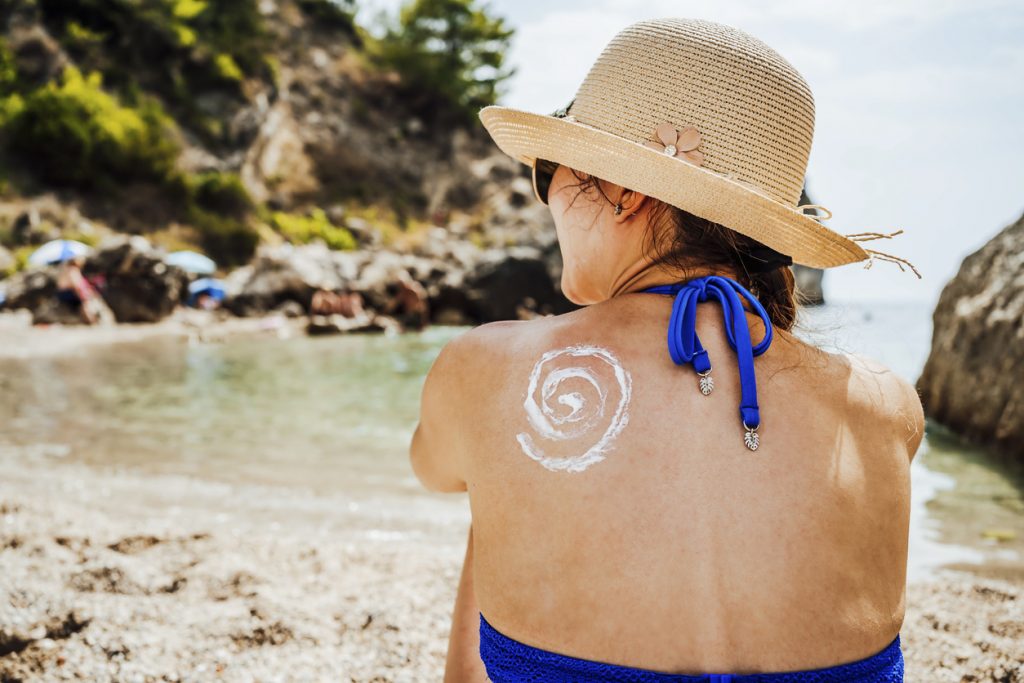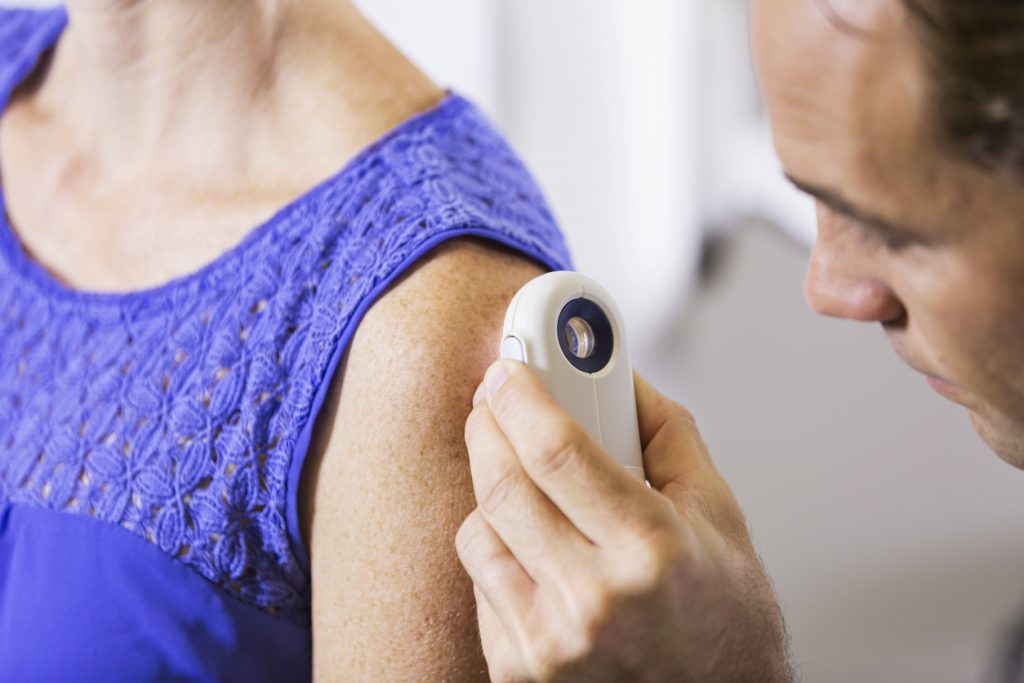4 best ways to avoid skin cancer in Australia
Every year in Australia, skin cancers account for about 80 per cent of new cancer diagnoses. Around 2000 people die each year in this country from skin cancer and our rates are among the highest in the world. It doesn’t have to be like this, however. Dr Sonja from InstantScripts shares four tips for how to avoid skin cancer in Australia.

1. Make sunscreen a part of your morning routine
“There’s virtually only a handful of days in the entire year where you could get away without wearing sunscreen in Australia,” explains Dr Sonja, “because there are only about two to three weeks of the year where the UV drops below 3, which is the level it’s recommended to wear sunscreen. Overcast days are particularly dangerous, because they lull people into thinking they won’t get burnt, but often this is when the risk is even higher.”
She recommends including sunscreen as part of your morning routine as a matter of habit in order to be safe. “That way, you know you’re protected, though if you work outdoors, then you’ll also need to reapply during the day.”
2. Don’t assume you’re ‘low risk’
It’s true that there are certain skin types (fairer skin that doesn’t tan easily) that predispose people from developing skin cancers, however Dr Sonja cautions that this doesn’t mean those with darker skin types are ‘low risk’.
“In Australia, everyone is at risk,” she explains, “and whether it’s your age, your skin type or other factors, everyone needs to take measures to protect themselves from the sun. We’ve seen 25-year-olds die from melanoma in Australia – no one is immune.”
Here are nine tips to treat sunburn should you accidentally get too much sun.

3. Check any changes
While Dr Sonja recommends yearly skin checks as a matter of precaution, she urges anyone concerned about a suspicious skin lesion or mole to get it checked by a doctor without delay.
“A good rule of thumb is anything that you’re a little unsure of, or anything that has changed, make an appointment and get it checked,” she says.
“This includes darkening or expanding moles, moles that are an irregular shape, moles that suddenly become itchy or ulcerated or anything else that makes you take notice.”
She adds that being aware of your moles and markings in the first place is a great way to keep track of whether or not there has been a change.
We can help you access an online specialist referral to a dermatologist so you can get your skin checked every year.
4. Don’t forget your eyes
While most of us are fairly good at remembering the ‘slip, slop, slap’ slogan of sun-safety, Dr Sonja explains that eye-protection is just as important.
“People often forget how important sunglasses are,” she says.
“You’re just as likely to develop a melanoma on the eye as you are your skin – in fact your eyes may even be more vulnerable. In addition to skin cancers, too much wind and sun exposure are thought to increase your risk of developing fleshy growths on your eyes called pterygiums.”
To speak with an InstantScripts Doctor:
Request a ConsultationIf you have run out of your script:
Request a ScriptThis article was authored by Bek Day, a writer and journalist with over 15 years of experience in the health and lifestyle space.
© InstantScripts
Level 8 / 637 Flinders St.,
Docklands VIC 3008

